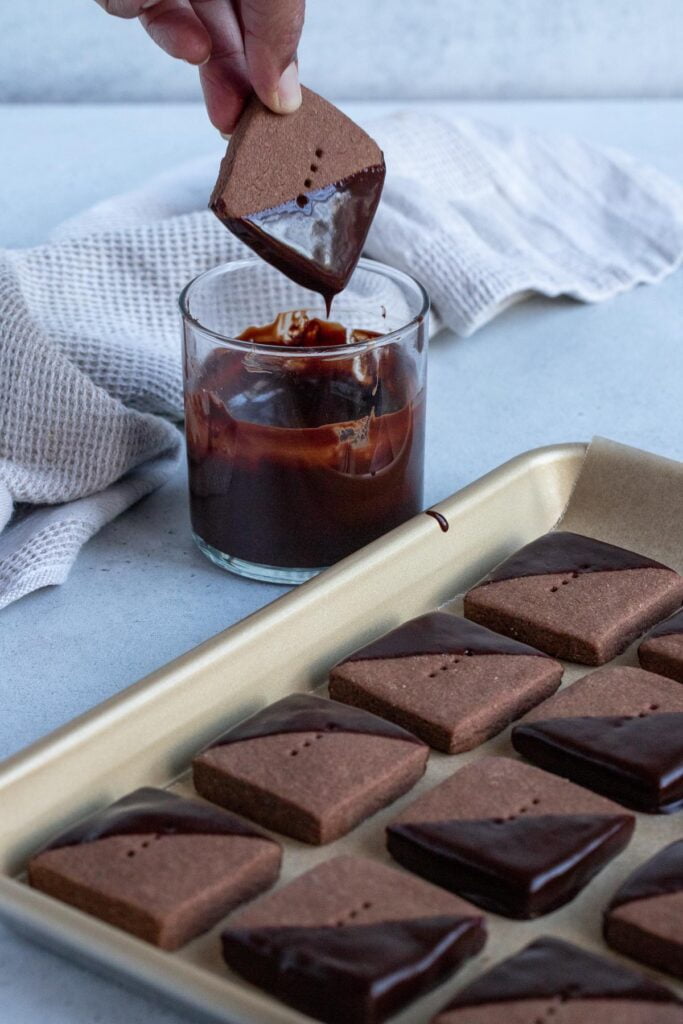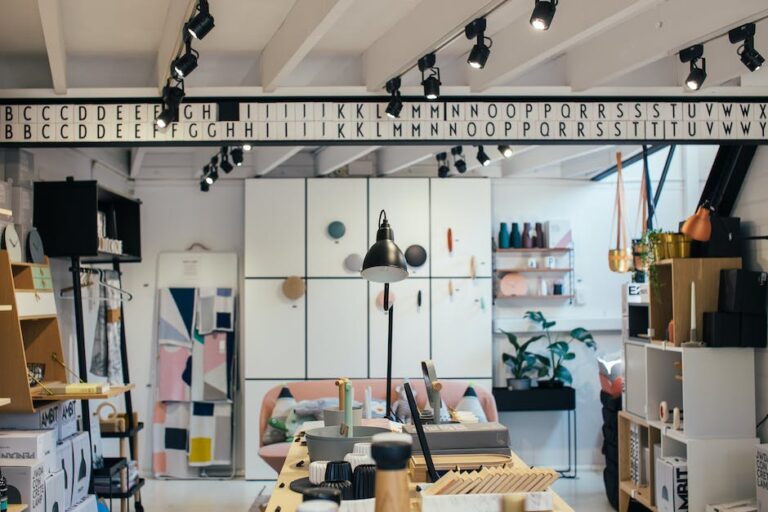Chocolate is a beloved treat enjoyed by many people around the world. Chocolate is an all-time favorite, whether for a special occasion or a simple indulgence. However, not all chocolates are created equal, and how they are stored can significantly impact their shelf life and quality. This article will delve into the science of chocolate shelf life and proper storage and provide tips on keeping your chocolates fresh for as long as possible.
Understanding the science of chocolate shelf life
Chocolate is a delicate food item highly susceptible to temperature, humidity, and light. These factors can impact the quality of chocolate, causing it to develop a white film on the surface known as “bloom.” Chocolate bloom is caused by a change in the fat crystals within the chocolate, resulting in a rough and grainy texture. While color does not necessarily render chocolate inedible, it can affect the overall taste and texture of the chocolate.

The shelf life of chocolate varies depending on various factors, such as the type of chocolate, the ingredients used, and the storage conditions. Generally, dark chocolate has a longer shelf life than milk or white chocolate. When stored properly, unopened dark chocolate can last up to two years, while milk and white chocolate may only last up to one year.
Factors Affecting Chocolate’s Shelf Life
As mentioned earlier, temperature, humidity, and light are the main factors impacting chocolate’s shelf life. High temperatures can cause chocolate to melt, while low temperatures can cause it to become brittle and lose its flavor. Humidity can cause chocolate to absorb moisture and develop mold, while light can cause the chocolate to discolor and lose its flavor.
Aside from environmental factors, the type of chocolate also affects its shelf life. For instance, chocolates containing additives like nuts, fruits, and other flavorings may have a shorter shelf life than plain chocolates. Additionally, chocolates containing dairy products are more susceptible to spoilage than those without.

Proper Storage Techniques
Storing your chocolates in the right conditions is essential to keep them fresh for as long as possible. The ideal storage temperature for chocolate is between 15 and 18 degrees Celsius (59-64 degrees Fahrenheit), with a humidity level of no more than 60%. It’s best to store chocolate in a cool, dry, and dark place, away from direct sunlight and heat sources. Avoid storing chocolate in the refrigerator or freezer, as this can cause moisture buildup and affect the texture and flavor.
When storing chocolate, it’s essential to keep it in an airtight container or packaging to prevent moisture and air exposure. Additionally, it’s best to support different types of chocolates separately to avoid cross-contamination of flavors and textures.
Conclusion
Chocolate is a delicate and delicious treat that requires proper storage to maintain its quality and freshness. Understanding the factors affecting chocolate’s shelf life and proper storage techniques can help you enjoy your chocolates longer. Following the tips outlined in this article, you can keep your chocolates in top condition and savor their delightful flavors and textures. Remember to store your chocolate in a cool, dry, dark place, away from direct sunlight and heat sources, and in an airtight container or packaging.
FAQ’s
- What is chocolate bloom? Chocolate bloom is a white film that forms on the surface of chocolate when the fat crystals within the chocolate change, resulting in a rough and grainy texture. Bloom does not necessarily render chocolate inedible, but it can affect the overall taste and texture of the chocolate.
- How long does chocolate last? The shelf life of chocolate varies depending on factors such as the type of chocolate, the ingredients used, and the storage conditions. Generally, unopened dark chocolate can last up to two years, while milk and white chocolate may only last up to one year.
- What factors affect chocolate’s shelf life? The main factors impacting chocolate’s shelf life are temperature, humidity, and light. High temperatures can cause chocolate to melt, while low temperatures can cause it to become brittle and lose its flavor. Humidity can cause chocolate to absorb moisture and develop mold, while light can cause the chocolate to discolor and lose its flavor.
- How should I store chocolate? Storing your chocolates in the right conditions is essential to keep them fresh for as long as possible. The ideal storage temperature for chocolate is between 15 and 18 degrees Celsius (59-64 degrees Fahrenheit), with a humidity level of no more than 60%. It’s best to store chocolate in a cool, dry, and dark place, away from direct sunlight and heat sources. Avoid storing chocolate in the refrigerator or freezer, as this can cause moisture buildup and affect the texture and flavor.
- Can I freeze chocolate? While it’s generally not recommended to freeze chocolate, you can freeze it in an airtight container or packaging for up to six months. However, it’s important to thaw the chocolate slowly and carefully to prevent moisture buildup and texture changes. It’s best to avoid freezing chocolate and opt for proper storage techniques instead.
